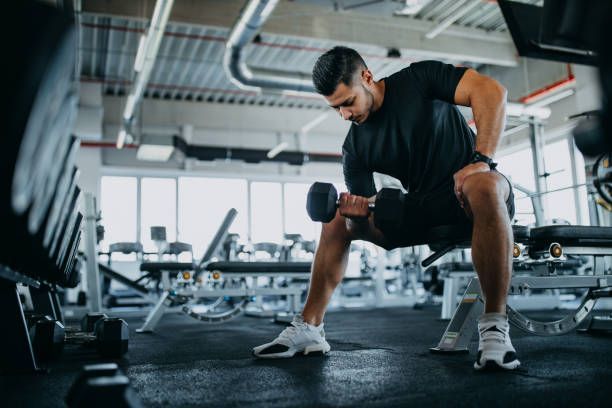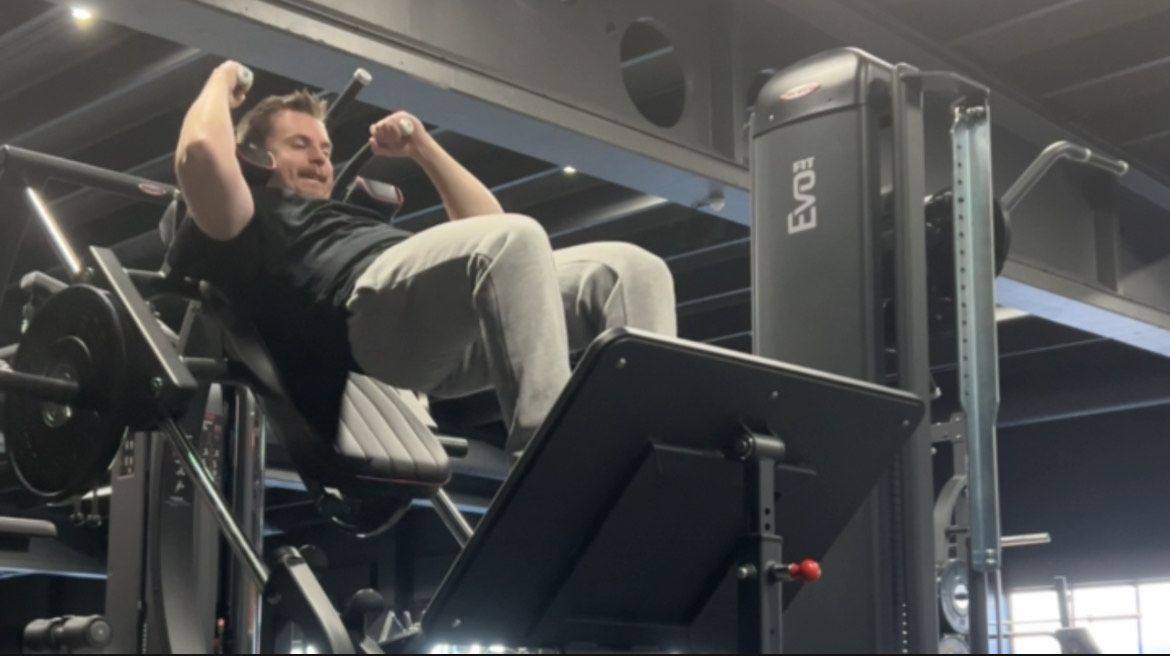What is the best glute exercises
Hip thrust is overrated
In recent years, the hip thrust has gained immense popularity in the fitness world, particularly as a go-to exercise for targeting the glutes. However, a growing body of evidence suggests that the hip thrust might not be the unequivocal best choice for glute development. One key aspect that deserves attention is the biomechanics of the exercise, specifically the challenge it poses when the glutes are in a shortened position. In this article, we'll explore why the hip thrust may not be the optimal glute exercise and consider alternative approaches to achieve better results.
The Hip Thrust Mechanics:
The hip thrust involves lifting the hips against resistance, usually using a barbell, to engage and strengthen the glutes. While it does effectively activate the gluteal muscles, particularly the gluteus maximus, the exercise primarily challenges the muscles when they are in a shortened position. This is due to the fact that the hips are fully extended at the top of the thrust, causing the glutes to contract while already in a shortened state.
Hip Thrust Focuses Shortened Position:
The challenge with consistently working the glutes in a shortened position is that it may limit their overall development. Muscles respond best to a variety of stimuli and ranges of motion. Emphasizing exercises that primarily target the glutes in a lengthened or mid-range position can contribute to a more comprehensive and balanced development.
Alternative Glute Exercises:
Romanian Deadlifts:
Performing Romanian deadlifts targets the glutes throughout a longer range of motion. This exercise involves hinging at the hips while keeping the knees slightly bent, engaging both the hamstrings and the glutes. The controlled descent and ascent of the barbell provide an excellent stretch and contraction for the glute muscles.
Bulgarian Split Squats:
This unilateral exercise places a significant load on one leg at a time, providing an opportunity to target the glutes through different ranges of motion. The rear leg is elevated on a bench or platform, allowing for a deeper squat position and increased activation of the glutes.
Glute Bridges with Leg Abduction:
A variation of the traditional glute bridge, this exercise involves lifting the hips while simultaneously abducting one leg. This targets the glutes from a different angle and challenges them throughout a broader range of motion.
Step-Ups:
Step-ups engage the glutes as you lift your body upward, emphasizing the hip extension. This exercise not only targets the glutes but also incorporates the stabilizing muscles around the hip joint.
Conclusion:
While the hip thrust can undoubtedly be a valuable addition to a glute training routine, it may not be the ultimate solution for everyone. Incorporating a variety of exercises that target the glutes through different ranges of motion and muscle lengths is key to achieving well-rounded development. Consider integrating alternatives like Romanian deadlifts, Bulgarian split squats, glute bridges with leg abduction, and step-ups into your workout routine to maximize glute gains











